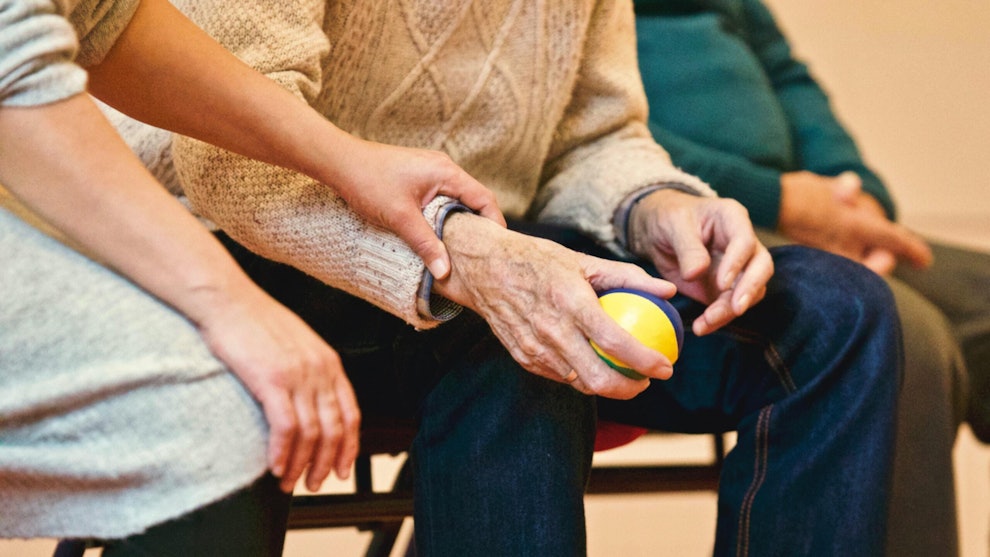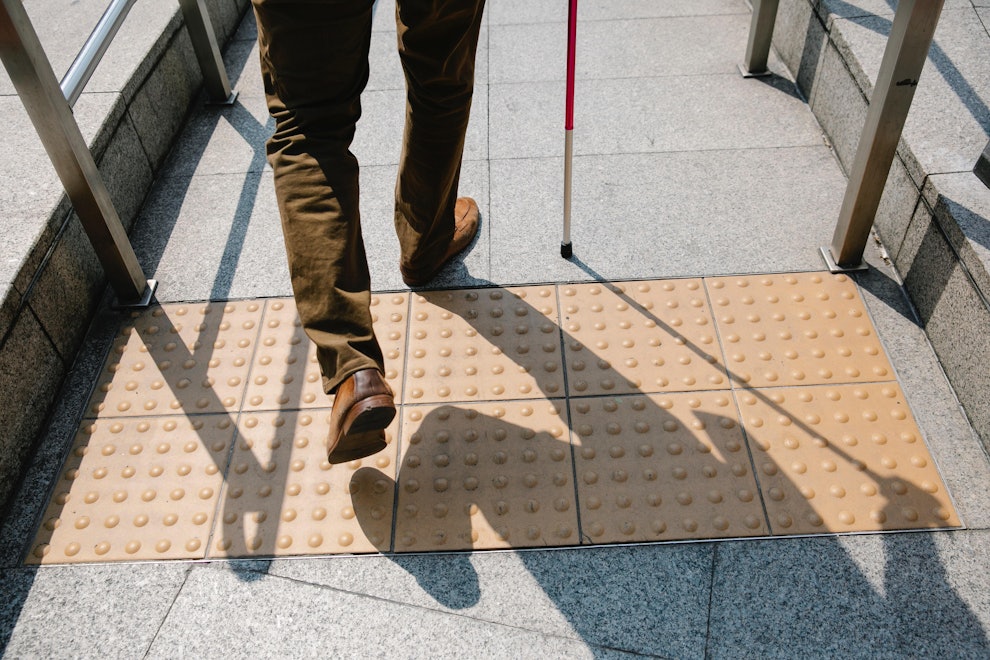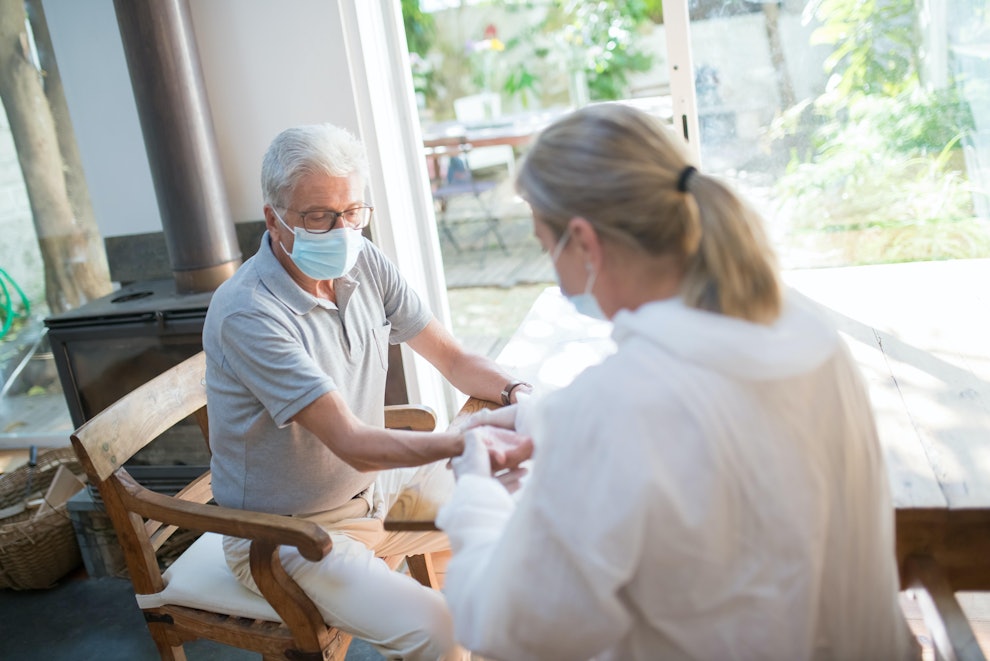Article at a glance
Osteoporosis is a bone disease that causes a decrease in bone density and mass, leading to an increased risk of fractures.
Osteoporosis often doesn’t present symptoms, but can be diagnosed by a healthcare provider through a Bone Density Test.
Osteoporosis can occur in anyone, but there are treatments to help slow the process, as well as prevention techniques.

What is Osteoporosis?
Osteoporosis is a bone disease that occurs when bone density and bone mass begin to decrease, which can lead to an increased risk of fractures. When one has this disease, new bone formation often slows down and cannot regenerate as quickly as it deteriorates, resulting in low bone density.
Osteoporosis Symptoms
Osteoporosis is often a “silent” disease, meaning it usually doesn’t present symptoms. The condition is typically discovered after a person suffers a bone fracture.
However, in some cases, certain warning signs may appear, such as:
The appearance of a “widow’s hump.”
A fracture to the wrist or hip.
A change in height.
A large shift into poor posture.
Severe back pain.
Osteoporosis Risk Factors
Osteoporosis is a disease that can affect anyone. However, some may be more at risk than others, including:
Women over the age of 50
Those with a family history of osteoporosis
Those with low calcium intake
Those with low body weight.
Those with a history of heavy alcohol/tobacco use
It’s also worth noting that those with other diseases such as hyperthyroidism, kidney disease, liver failure, or diabetes can also experience a potentially higher risk.

Diagnosing Osteoporosis
A doctor or healthcare provider may give a Bone Density Test to screen for osteoporosis; the most common being a dual-energy X‑ray absorptiometry (DXA). The goal is to diagnose osteoporosis before a fracture happens, but it can also help determine how much risk a person has of breaking a bone. This test can also predict the effectiveness of osteoporosis treatments if already diagnosed.
When it comes to determining a diagnosis, there are three ways:
Bone Mineral Density: This is a number referred to as a T‑score, calculated by a DXA test to determine bone health and density. The average number is zero. However, a score of negative three or lower means the person has osteoporosis.
Bone Fracture: This is often the most common way osteoporosis is diagnosed. Adults over 50 who experience a fracture in their hip or spine are diagnosed with osteoporosis even if their T‑score is above a negative three.
FRAX: FRAX is a fracture risk calculator that uses a few questions (including age, height, bone density, etc.) to help determine the likelihood of a person experiencing bone fractures over the course of a decade. If the risk factor is above 20%, the person has osteoporosis.
Effects of Osteoporosis on the Body
Most notably, osteoporosis makes it much easier to experience a fracture due to a fall. If a person has low bone mass, the fractures can be severe, putting a person at a higher risk of disability or death. Osteoporosis can also result in bone pain that can make day-to-day living difficult.

Osteoporosis Treatments
There are a few different ways to treat osteoporosis, including medications, hormone therapy, and lifestyle changes.
Medications
In terms of osteoporosis medications, the most commonly used are bisphosphonates and antibody treatments.
Bisphosphonates
Bisphosphonates are medications that work to reduce bone thinning. They help bones retain calcium and slow down the natural process that often results in bone deterioration, which can help reduce the chance of fractures. Types of bisphosphonates include:
- Alendronate
- Risedronate
- Ibandronate
- Zoledronic acid
Antibody Treatments
Antibody treatments can also work to slow bone density loss. Currently, two approved antibody treatments are prescribed:
- Denosumab: Denosumab is one of the most successful antibody treatments for osteoporosis. Studies on the drug showed an increase in bone mineral density without a high risk of side effects. Denosumab is a monoclonal antibody injection that is given twice a year and helps to prevent bone-dissolving osteoclast cells from forming.
- Romosozumab: Romosozumab also experiences success in studies to treat osteoporosis; however, it has also been shown to cause an increase in cardiovascular risks. Romosozumab is also a monoclonal antibody injection that is a treatment for women with severe osteoporosis. This treatment usually follows a fragility fracture and helps to block sclerostin (a protein that inhibits bone formation). This treatment is known for its efficacy in risk reduction of spine fractures, hip fractures, and other fragility fractures.
Hormone Therapy
Hormone therapy treatments are often used to increase estrogen, which can help promote bone growth. Hormone therapy treatment options include:
- Selective Estrogen Receptor Modulators (SERMS): These modulators are used primarily in postmenopausal women to help increase estrogen. They are also used in treatments for breast cancer. Types of SERMS include:
- Tamoxifen
- Raloxifene
- Calcitonin: Calcitonin is a synthetic hormone used to treat postmenopausal women. The naturally occurring hormone helps in regulating calcium and strengthening bone metabolism.
- Parathyroid hormones (PTH): Parathyroid hormones are treatments used to help increase bone formation, which overall helps with bone density and strength. Common parathyroid hormone treatments include Teriparatide (Forteo) and abaloparatide (Tymlos) that consist of a daily injection. Typically this option is reserved for women who have very low bone density and more severe cases of osteoporosis.
Note: For postmenopausal women with osteoporosis, bisphosphonates might not be the right medication to start out with. Or for some women with severe osteoporosis, they may have been on bisphosphonates for five years and need to switch medications. Other treatment options in these cases include antibody treatments or hormone replacement therapy.

6 Ways to Prevent Osteoporosis
While anyone can potentially experience osteoporosis, there are ways to help reduce the likelihood or severity of the disease.
Engaging in Physical Activity
Exercising regularly can help build bone mass and increase bone elasticity to help prevent fractures and injuries. Some examples of exercises that can be particularly beneficial include:
Walking
Jogging
Dancing
An exercise routine that includes low impact weights
Altering Eating Habits
While eating a healthy diet is always encouraged to maintain proper health, certain foods can help prevent osteoporosis. In particular, consuming foods with Calcium and Vitamin D can make a difference.
Calcium
Calcium is the mineral most associated with preventing bone breakdown and is essential to maintaining healthy bones. It also plays a vital role in preventing blood clots and regulating normal heart rhythms and functions. Examples of foods high in calcium include:
Yogurt
Tofu
Broccoli
Leafy greens (kale, bok choy, spinach)
Beans and legumes
Canned sardines or salmon (with bones)
Vitamin D
In addition to calcium, it’s crucial to have the appropriate amount of Vitamin D. Vitamin D helps the body better absorb calcium and phosphate, which is vital to aid in preventing bone loss. Vitamin D has also been known to help prevent cancer cell growth and reduce inflammation. Some foods that are high in Vitamin D include:
Tuna fish
Egg yolk
Canned sardines
Salmon
Fortified cereals
Dairy and plant milks fortified with Vitamin D
Taking Supplements
If the proper amounts of vitamins and minerals aren’t/can’t be met through diet alone, a primary care provider may recommend taking supplements to help promote bone health and maintain bone density.
Avoiding Harmful Substances
Harmful substances, such as tobacco products and alcohol, can potentially increase the risk for osteoporosis. Choosing to quit/not start smoking and keep alcohol use to a minimum not only contributes to overall health but can also reduce the chances of being diagnosed with osteoporosis.
Try to Avoid Falls
To prevent fractures, some measures can be taken to help avoid falls in and out of the home.
- Preventing Indoor Falls
Keep rooms well-lit
Wear nonslip shoes
Installing grab bars in the bathroom/shower
Removing clutter from floor/pathways
- Preventing Outdoor Falls
Salt surfaces when the weather is icy
Provide clear pathways to walk on
Use supporting devices like a cane or walker

When To Speak With a Healthcare Provider
While there aren’t always surefire symptoms for osteoporosis, a primary care provider should be called if a person is experiencing severe pain, especially in their hips or back. Severe pain that worsens when sitting/standing, or that feels as if it’s occurring in the bone could indicate a fracture that needs attention.
Maintaining yearly physicals and checkups can also help catch osteoporosis early and start treatment immediately.
FAQ
What is a average life expectancy of those with osteoporosis?
If a person is receiving treatment and medication for osteoporosis, they are likely to live 15+ more years after their original diagnosis.
Sources
- https://www.hopkinslupus.org/lupus-treatment/common-medications-conditions/osteoporosis-medications-bisphosphonates/
- https://www.ucsfhealth.org/conditions/osteoporosis/symptoms
- https://www.bonehealthandosteoporosis.org/patients/diagnosis-information/bone-density-examtesting/
- https://www.bones.nih.gov/health-info/bone/osteoporosis/overview
- https://pubmed.ncbi.nlm.nih.gov/29113523/
- https://www.ncbi.nlm.nih.gov/pmc/articles/PMC4995266/
- https://www.bonehealthandosteoporosis.org/patients/treatment/medicationadherence/calcitonin-salmon-fortical-and-miacalcin/
- https://clinicaltrials.gov/ct2/show/NCT00086619
- https://www.hsph.harvard.edu/nutritionsource/calcium/
- https://www.hsph.harvard.edu/nutritionsource/vitamin‑d/
- https://www.cdc.gov/genomics/disease/osteoporosis.htm
- https://www.health.harvard.edu/womens-health/osteoporosis-drugs-which-one-is-right-for-you
- https://www.verywellhealth.com/osteoporosis-prognosis-6979280#:~:text=However%2C%20people%20with%20osteoporosis%20can,make%20the%20necessary%20lifestyle%20changes.
Become a patient
Experience the Oak Street Health difference, and see what it’s like to be treated by a care team who are experts at caring for older adults.



